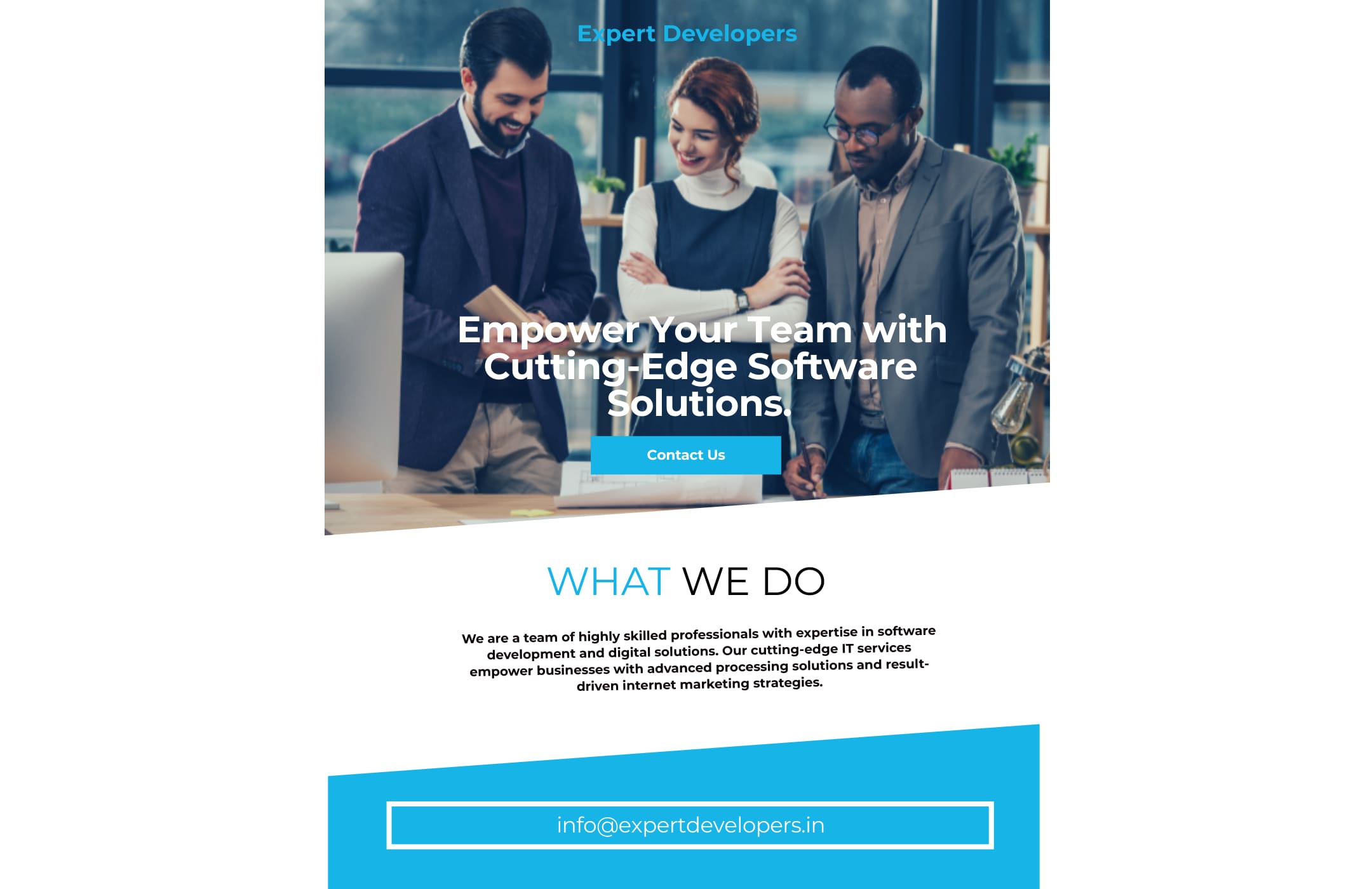PWA Power Up: Future-Proof Your Business with Progressive Web Apps in 2025

Arvind Kumar Maurya

The digital landscape is constantly evolving, and businesses need to stay ahead of the curve to remain competitive. In 2025, Progressive Web Apps (PWAs) will be more crucial than ever. This guide explores how PWA development can future-proof your business and unlock unprecedented growth.
What are Progressive Web Apps (PWAs)? PWAs are web applications that offer a native app-like experience. They are reliable, fast, and engaging, providing a seamless user journey across all devices. Imagine the speed and accessibility of a website combined with the rich features of a mobile app – that's the power of PWAs.
Why PWAs are Essential for 2025:
- Enhanced User Experience: PWAs offer instant loading, offline access, and push notifications, creating a superior user experience compared to traditional websites.
- Increased Engagement & Conversions: App-like features like push notifications and add-to-home-screen prompts boost engagement and drive conversions.
- Cost-Effective Development: PWAs require a single codebase, reducing development and maintenance costs compared to building separate native apps for iOS and Android.
- Improved SEO: PWAs are discoverable by search engines, increasing your online visibility and organic traffic. Google prioritizes mobile-friendly and fast-loading websites, giving PWAs a significant SEO advantage.
- Cross-Platform Compatibility: PWAs work seamlessly across all devices and platforms, ensuring a consistent experience for all users.
PWA Development Best Practices for 2025:
- Prioritize Performance: Optimize your PWA for speed and efficiency. Use techniques like code splitting, image optimization, and service worker caching.
- Implement Push Notifications Strategically: Use push notifications to re-engage users with personalized and relevant content. Avoid overwhelming users with excessive notifications.
- Design for Offline Access: Ensure your PWA functions even when users are offline. Cache important data and functionality to provide a seamless experience.
- Focus on Accessibility: Make your PWA accessible to all users, including those with disabilities. Follow accessibility guidelines like WCAG.
- Embrace Emerging Technologies: Stay updated on the latest PWA technologies and frameworks, such as WebAssembly and Web Components.
The Future of PWA Development: Expect to see further advancements in PWA technology in the coming years, including improved support for advanced hardware features and more sophisticated offline capabilities. Businesses that embrace PWAs now will be well-positioned to capitalize on these advancements.
Conclusion: Investing in PWA development is a strategic move that can future-proof your business and unlock significant growth opportunities. By delivering a superior user experience, improving engagement, and reducing development costs, PWAs offer a compelling value proposition for businesses of all sizes. Start planning your PWA strategy today to stay ahead of the competition in 2025 and beyond.
-min.jpeg)
-min.jpeg)